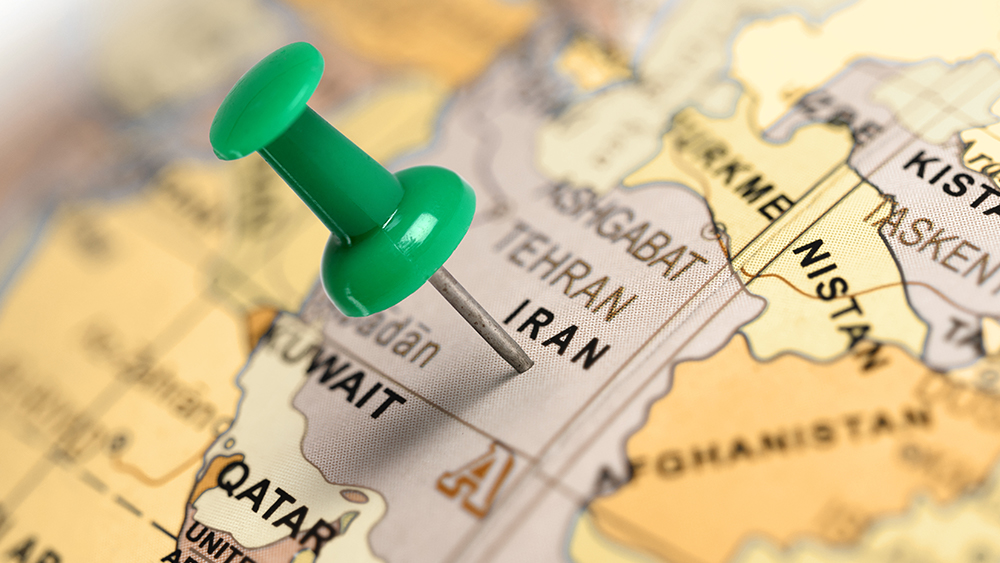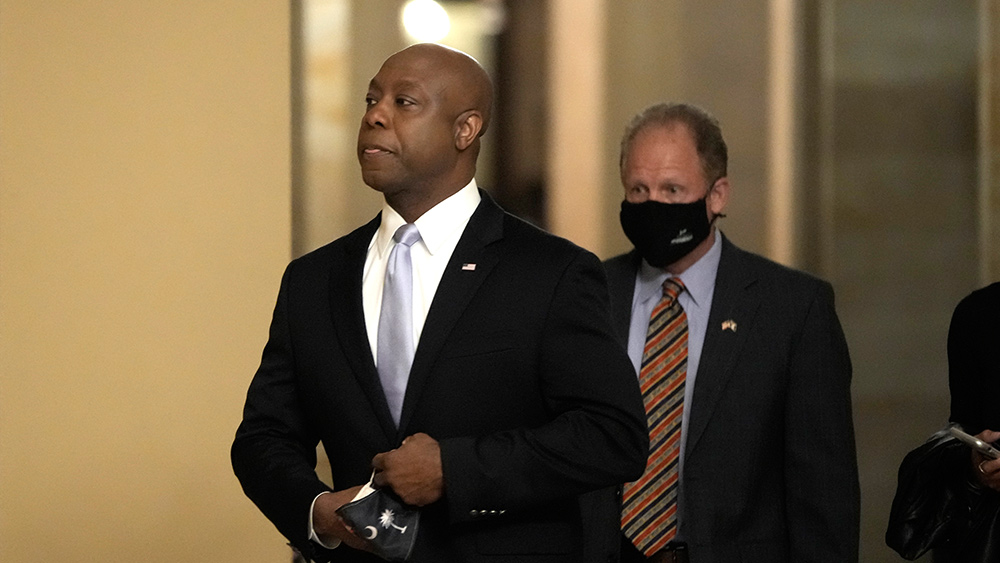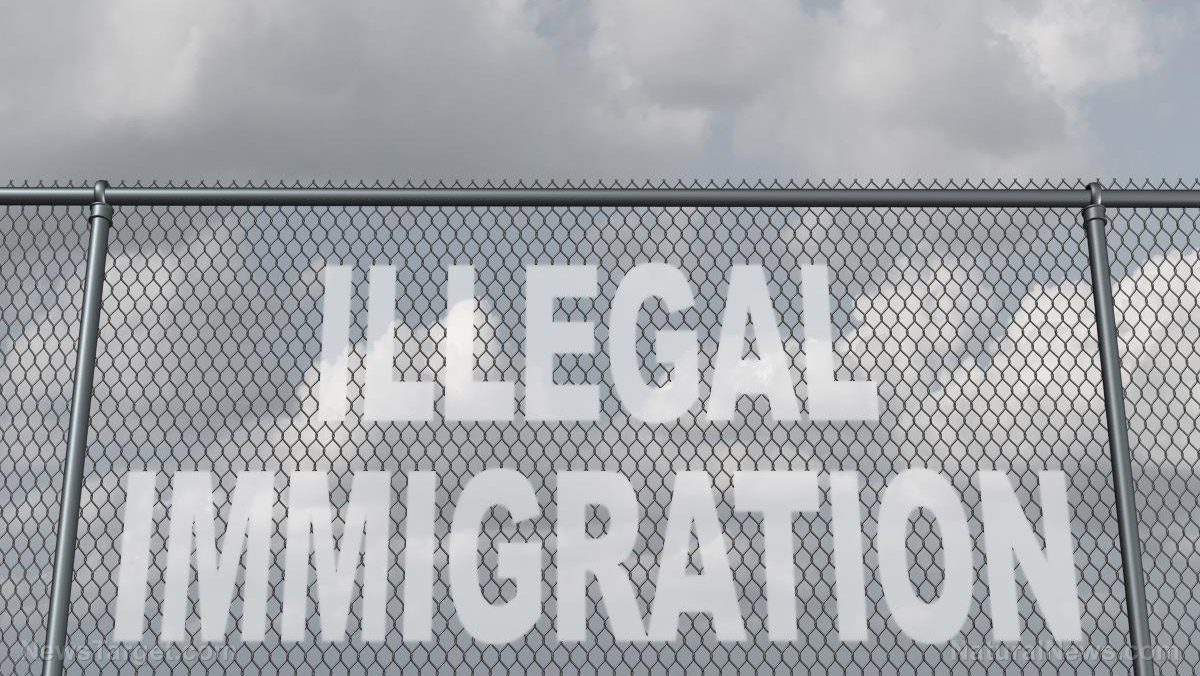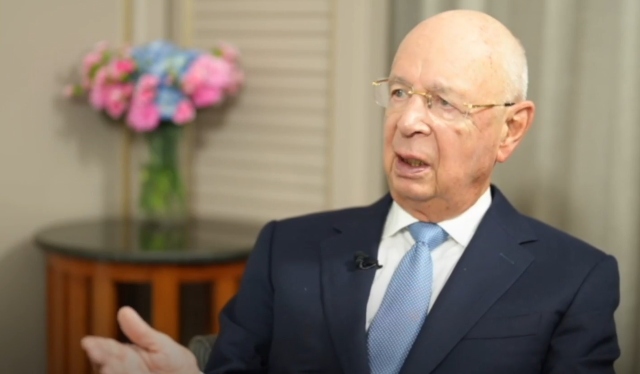 Parler
Parler Gab
Gab
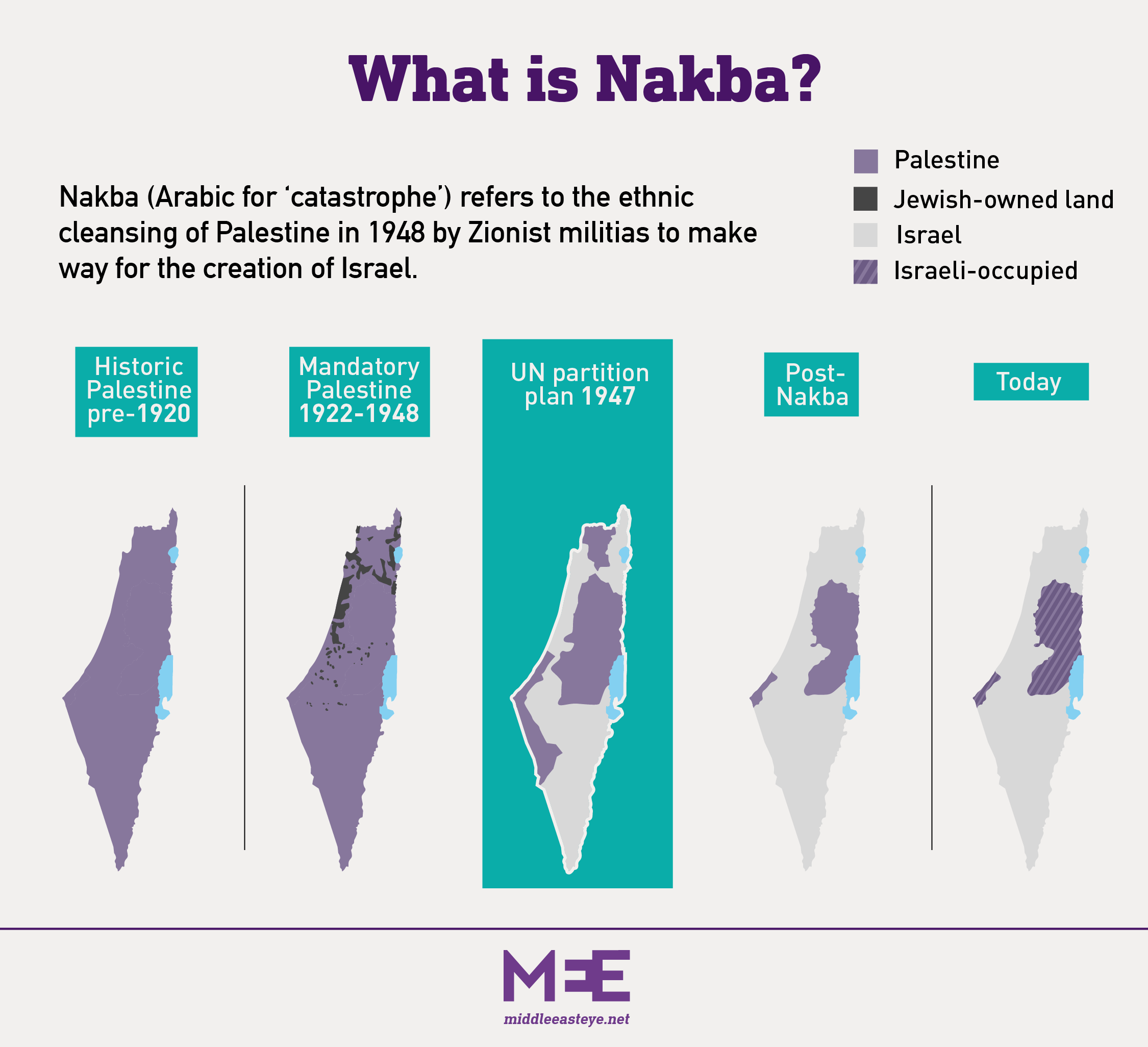 The events of the Nakba can be traced back to 1917, when Britain, in the "Balfour Declaration", promised Zionists leaders that it would help establish "in Palestine a national home for the Jewish people".
After capturing Jerusalem from the Ottoman Empire at the end of World War One (1914-18), Britain ruled over Palestine between 1923-1948 under a "mandate" from the League of Nations.
Under 25 years of British rule, Palestinians were repeatedly suppressed, while European Jewish immigration flourished and Zionist groups were trained and armed.
The events of the Nakba can be traced back to 1917, when Britain, in the "Balfour Declaration", promised Zionists leaders that it would help establish "in Palestine a national home for the Jewish people".
After capturing Jerusalem from the Ottoman Empire at the end of World War One (1914-18), Britain ruled over Palestine between 1923-1948 under a "mandate" from the League of Nations.
Under 25 years of British rule, Palestinians were repeatedly suppressed, while European Jewish immigration flourished and Zionist groups were trained and armed.
 With Britain deciding to end its mandate over Palestine in 1947, and the United Nations failing to enforce an alternative administration, Zionists began attacking Palestinians as part of a systemic campaign of forced expulsion.
With Britain deciding to end its mandate over Palestine in 1947, and the United Nations failing to enforce an alternative administration, Zionists began attacking Palestinians as part of a systemic campaign of forced expulsion.
 By the end of the war, Zionist forces had killed 13,000 Palestinians, destroyed and depopulated around 530 villages and towns, committed at least 30 massacres and expelled 750,000 people.
Around 150,000 Palestinians remained within the boundaries of the newly formed state of Israel, many of them internally displaced.
By the end of the war, Zionist forces had killed 13,000 Palestinians, destroyed and depopulated around 530 villages and towns, committed at least 30 massacres and expelled 750,000 people.
Around 150,000 Palestinians remained within the boundaries of the newly formed state of Israel, many of them internally displaced.
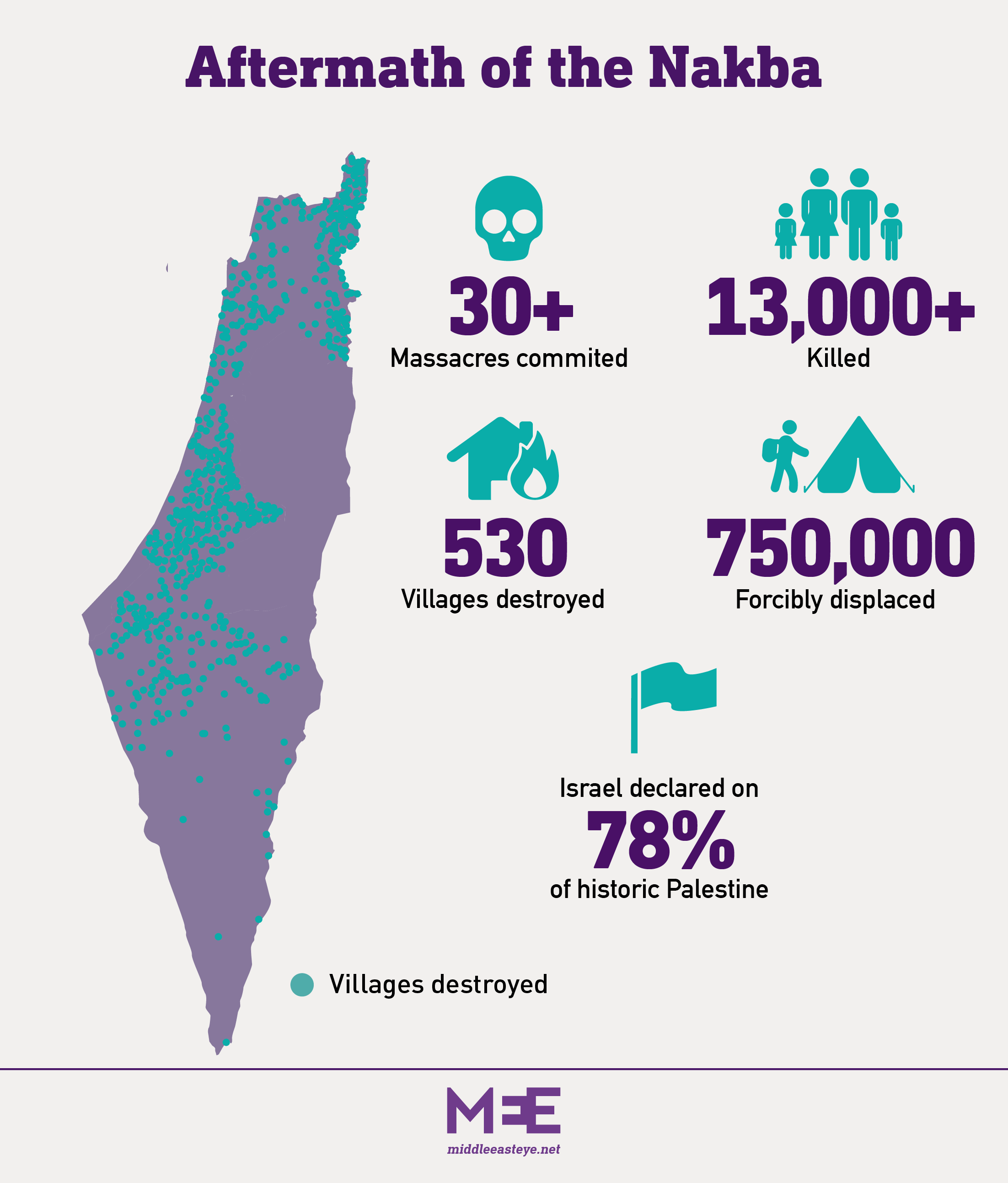 Those expelled in 1948 and their descendants number 5.8 million refugees today, living mostly in neighbouring Arab countries.
Israel has never allowed Palestinian refugees to return to their homeland, making their plight the longest unresolved refugee crisis in modern history.
Those expelled in 1948 and their descendants number 5.8 million refugees today, living mostly in neighbouring Arab countries.
Israel has never allowed Palestinian refugees to return to their homeland, making their plight the longest unresolved refugee crisis in modern history.
 Read more at: MiddleEastEye.net
Read more at: MiddleEastEye.net
There was NO FOG when Iranian president’s helicopter crashed
By Ethan Huff // Share
Poll reveals Sen. Tim Scott most favored vice presidential pick for Trump
By Laura Harris // Share
Migrants rushing to cross the border now in case Biden loses in November
By Laura Harris // Share
Klaus Schwab STEPS DOWN as World Economic Forum executive chairman
By Ramon Tomey // Share
Natural ear infection alternatives to antibiotics proven safer and more effective
By News Editors // Share
Governments continue to obscure COVID-19 vaccine data amid rising concerns over excess deaths
By patricklewis // Share
Tech giant Microsoft backs EXTINCTION with its support of carbon capture programs
By ramontomeydw // Share
Germany to resume arms exports to Israel despite repeated ceasefire violations
By isabelle // Share
